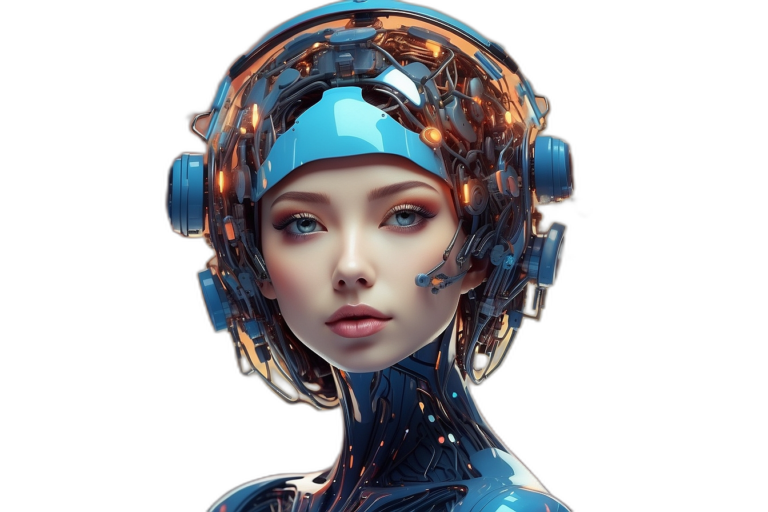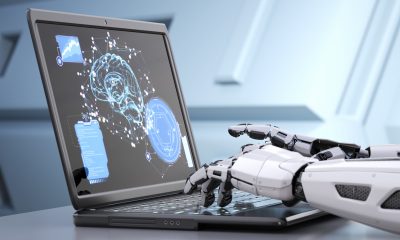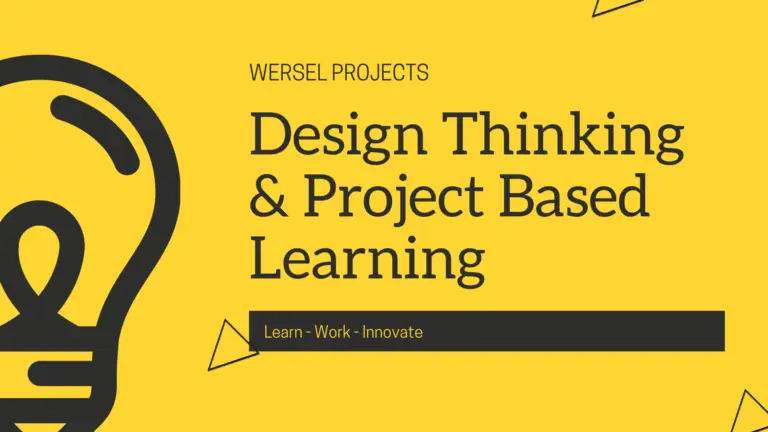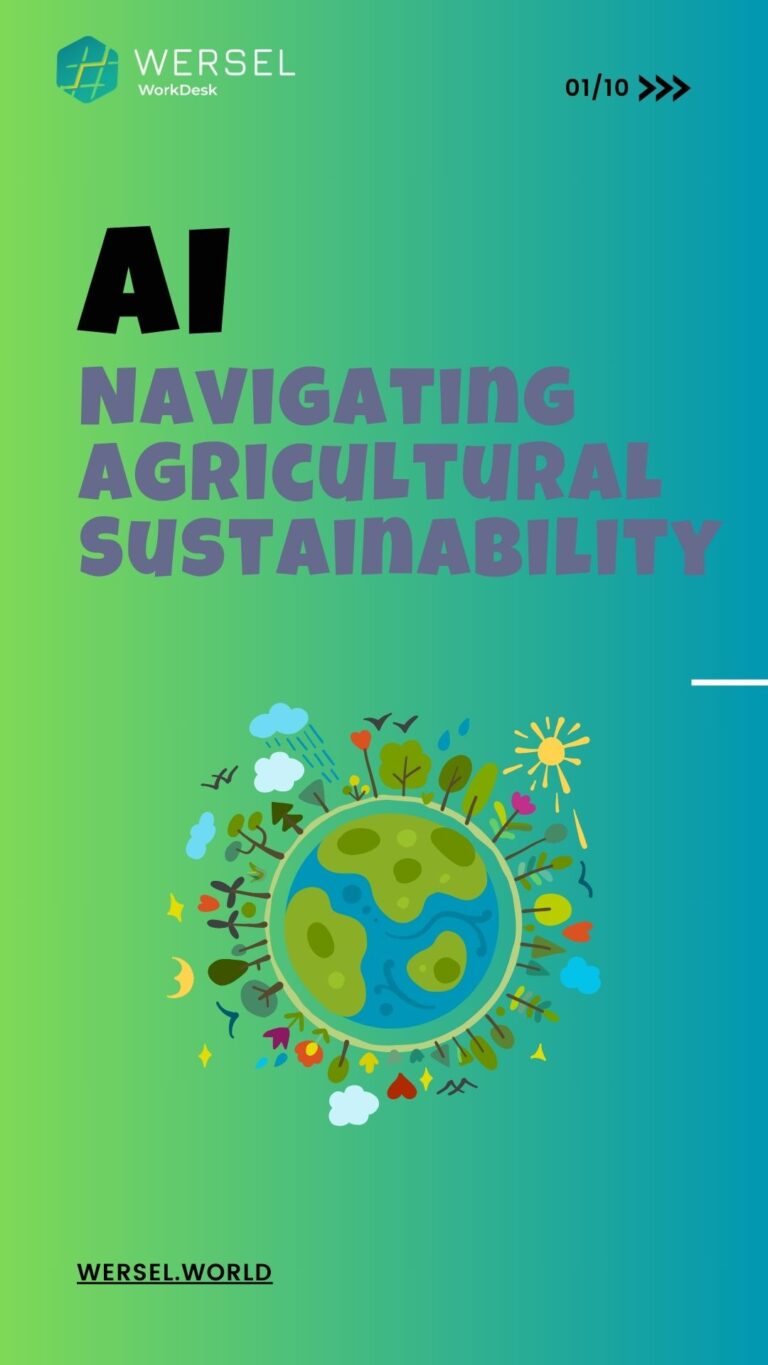
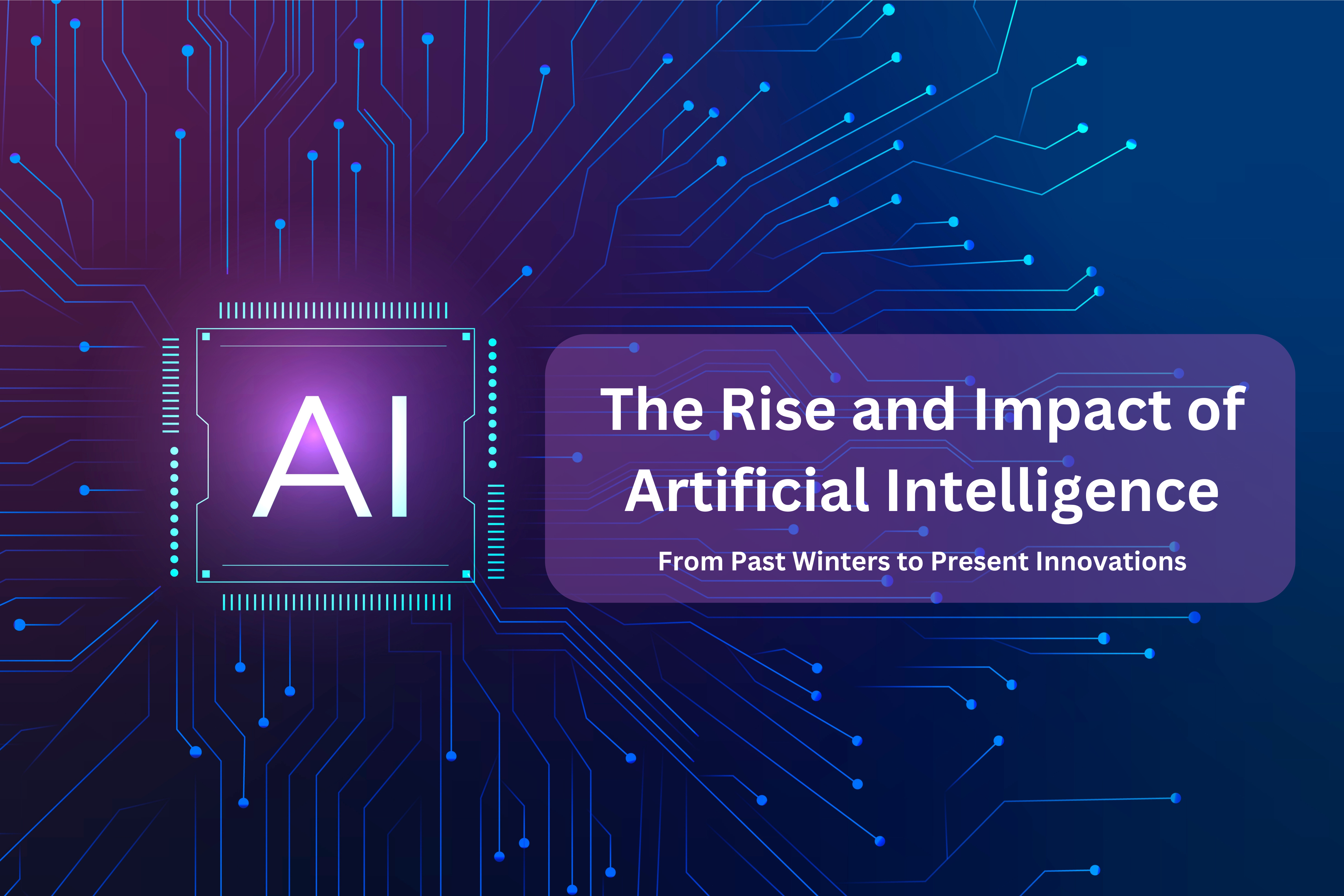
Introduction
Today, Artificial lntelligence can fly an aeroplane, beat humans at the game of Go, solve protein folding, and predict the next weather storm. It touches every part of our lives. Every time you used that search engine to look for something online or had your favourite OTT platform recommend a movie you might like, it was AI at work. Artificial Intelligence has spared you from those thousands of spam emails in your inbox and performed millions of calculations to assist you during your online shopping. It understood your voice commands and unlocked your phone by simply looking at you. Indeed! Al is at work.
In fact, it would be almost impossible to find a domain or industry today that is not in some way touched by or is not benefiting from digital technologies or Al.
The Second Spring Of AI
All these things did not happen overnight. Al has been in the making for a long 60+ years in the computer science research community. It has even been in computer science curricula for 30+ years. The development of modern Al came to where we are today in a series of dramatic ups and downs, which are often referred to as “Al Winters”.
AI Has Arrived, and It Is Here to Stay
I clearly remember my engineering school days (not that long ago) when Al was going through its second winter. It was an optional subject in our computer engineering curriculum, and to be perfectly honest, it was taught as nothing more than simple symbol manipulation techniques or rule-based semantic ontologies. Those memories of programming in Prolog and Lisp are not even remotely close to what Al looks like today. Al has taken centre stage today when it comes to computer science research and development. There are thousands of AI software libraries, platforms, and frameworks with large research communities behind them. Computing hardware and devices are also being specifically built with a core focus on Al runtime performance.
We have made a huge leap after the long second winter of AI. The recent developments in the sub-fields of AI, such as deep learning (DL) and generative AI, have given new hope and generated new possibilities. As we speak, millions of new Al models are being trained, and new architectures are being developed. Once optional, AI is now at the core of the software and computing industry.
The Present State of AI: Simple, Task-Oriented, and Domain-Specific
But the Al we are talking about is still simple, task-oriented, and domain-specific. It could be an algorithm or piece of code that has learnt which movie you may like based on your preferences and your browsing (and movie-watching) history. Or a voice assistant that helps you reserve a table for dinner by calling the restaurant and booking it on your behalf. All this may sound magical and lull us into thinking that digital computing has come this far, thanks to AI.
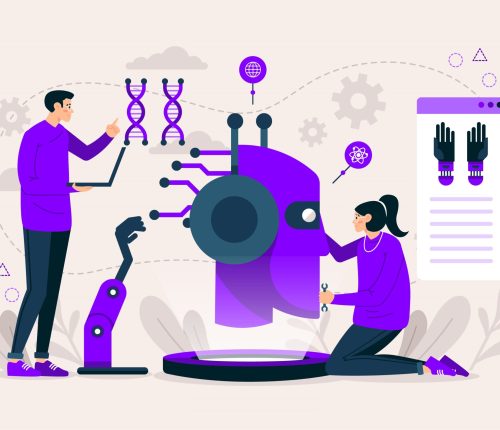
The Future of AI: Moving Towards General Intelligence
In reality, we are still leagues away from a fully autonomous, general- purpose intelligence or a machine that can truly feel and emote. That said, AI has made great strides in the past couple of years after a long second winter, in my humble opinion. It is an exciting time, and one thing is clear: now that Al is here, it is going to stay and define the next chapter of how we live, play, learn, and work.
Conclusion
Artificial Intelligence has come a protracted way from its early days, overcoming more than one “AI Winters” to emerge as a pivotal technology that influences nearly each issue of our lives. While cutting-edge AI continues to be by and large assignment-orientated and area-particular, the rapid advancements in deep studying and generative models propose a destiny where AI will maintain to conform and combine even deeper into our every day exercises. As we stand on the threshold of new possibilities, it’s far evident that AI isn’t only a fleeting fashion however a permanent fixture on the way to form the future of generation and humanity.
FAQ
AI touches many aspects of daily life, such as powering search engines, recommending movies on OTT platforms, filtering spam emails, and enabling voice commands for various tasks.
AI has evolved from simple symbol manipulation techniques and rule-based semantic ontologies to complex systems involving deep learning and generative models. AI research has expanded dramatically, supported by numerous software libraries, platforms, and specialized computing hardware.
AI is considered pivotal because it influences nearly every aspect of life, from personal conveniences to complex problem-solving in various industries. Its continuous development promises to shape the future of technology and humanity.
The “Second Spring of AI” refers to the resurgence and significant advancements in AI after periods of stagnation, known as “AI Winters.” This phase has seen substantial progress in AI research and application.

